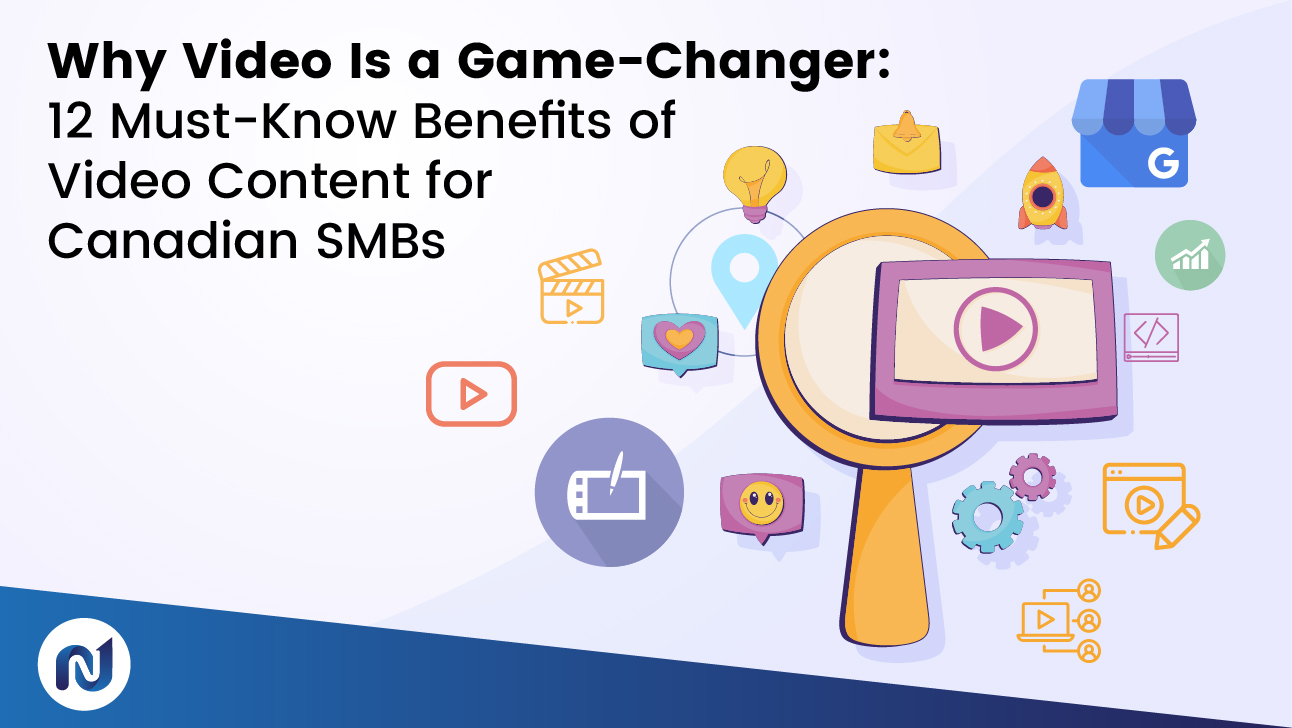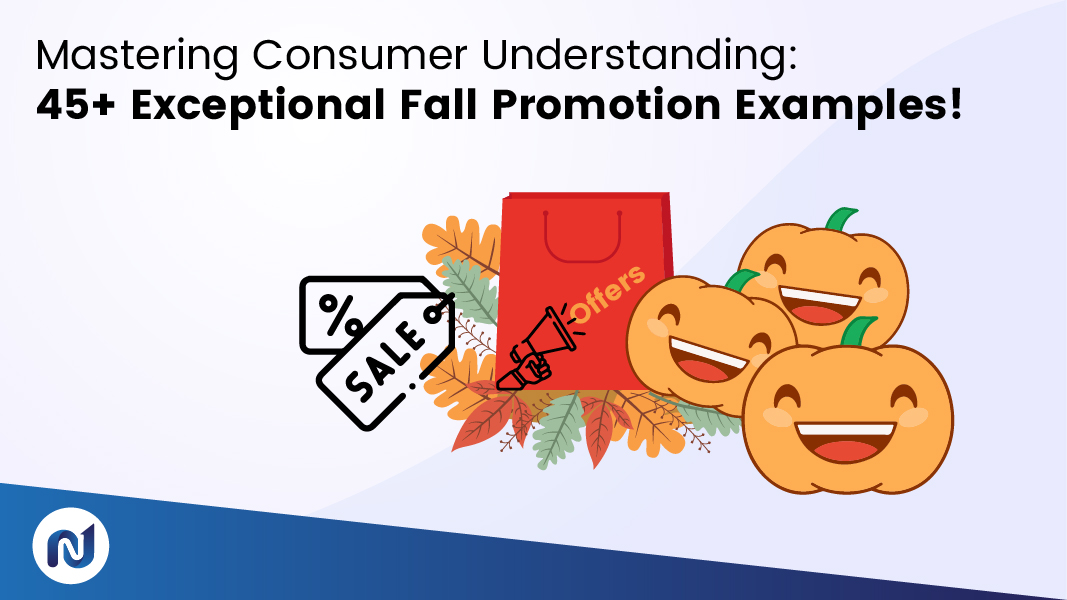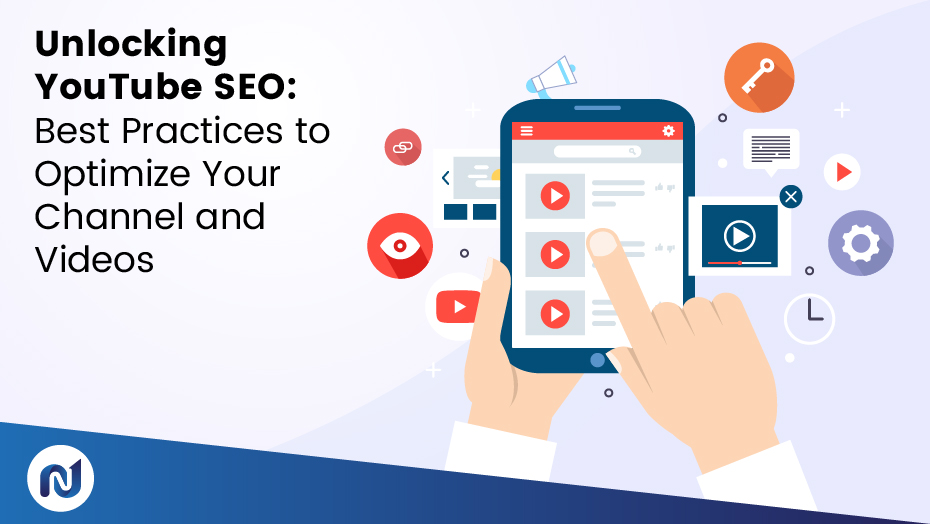
In an era where digital content is king, YouTube stands tall as a titan of online platforms. Imagine a platform bustling with over two billion users, each with their unique preferences, gathering every month. That’s the vast landscape of YouTube. However, as with any expansive territory, simply uploading a video and hoping for the best won’t cut it.
Enter the world of YouTube SEO—a game-changer in the digital marketing playbook. Just as you’d fine-tune your website to rank on Google, YouTube demands its own set of optimizations. It’s not merely about visibility; it’s about ensuring your content resonates, engages, and reaches the right audience. Join us as we unravel the intricacies of YouTube SEO, guiding you on how to make your mark in this vast digital arena.
Table of Contents
- Understanding YouTube’s Algorithm
- Strategy Planning for Your YouTube Channel
- Optimizing Your YouTube Channel
- Optimizing Individual Videos for YouTube SEO
- Engaging with Your YouTube Audience
- Promoting Your YouTube Video
- Measuring and Analyzing YouTube Video Performance
- Conclusion: Recap of Your YouTube SEO Guide
- Let’s Elevate Your YouTube Presence Together
Understanding YouTube’s Algorithm
Ever wondered how YouTube decides which videos to show you first? It’s all about the algorithm. Let’s break it down:
- Watch Time, Engagement, and Relevance: YouTube loves videos that keep viewers hooked. The longer someone watches your video (watch time), the better. But that’s not all. If your video gets likes, comments, and shares (engagement), YouTube takes it as a sign that your content is valuable. And of course, your video has to be relevant to what the viewer is searching for.
- Viewer Satisfaction: While creating high-quality content is essential, the YouTube algorithm looks for signals of viewer satisfaction, such as likes, shares, and even surveys. Another crucial metric is the average view duration or the percentage of the video that viewers typically watch.
- Click-Through Rate (CTR): One of the primary metrics YouTube considers is the CTR. The video’s title, thumbnail, topic, competition from other videos, and seasonality can influence this.
- Metadata Matters: You’ve probably heard of terms like title, description, and tags. These are crucial pieces of information (metadata) that tell YouTube what your video is about. Think of them as the signboards that guide viewers to your video.
- Personalized Results: Remember the last time you searched for a cooking recipe and then got recommendations for more recipes? That’s YouTube’s algorithm at work, considering your past activity to show you content you might like.
- Answering the Searcher’s Query: YouTube’s main goal? To give viewers exactly what they’re looking for. If your video answers a specific question or provides a solution, it’s more likely to rank higher.
- Consistency: Finally, the algorithm rewards consistency. If you’re regularly uploading quality content, YouTube will favour your channel and push your videos higher up in search results.
Strategy Planning for Your YouTube Channel
Starting on your YouTube journey isn’t just about creating content; it’s about crafting a strategy that propels your channel toward success. Let’s navigate through the strategic planning that your YouTube channel deserves:
- YouTube Strategy: Don’t fly blind. Understand how YouTube SEO works and set a clear path for where you want your channel to go. For instance, imagine you run a small bakery in Toronto, specializing in gluten-free treats. Your strategy might involve creating content that not only showcases your delicious creations but also educates viewers on the benefits and challenges of gluten-free baking.
- Choosing a Target Audience: Who are you making videos for? Young professionals in Calgary? Families in Ottawa? Understand their likes and dislikes. If you’re a financial advisor in Toronto, your content might be tailored towards young professionals looking to invest in their first property. Your videos could explore topics like mortgage advice, property market trends, and investment strategies, all tailored to the Canadian market.
- Developing a Plan: Once you know your audience, plan your content. Look at what your competitors are doing and see what you can do better. For example, suppose you’re a fitness trainer in Calgary, and you notice that competitors focus heavily on workout routines. You might spot a gap for content that melds mental health and physical fitness, offering a holistic approach to wellness.
- Setting Goals for Growth: Aim high but be realistic. It’s important to track your progress and celebrate small wins. As an Ottawa-based interior designer, for instance, you could set measurable goals like reaching 10k subscribers in your first year or achieving a consistent 5% engagement rate on all videos, adjusting strategies as per the analytics.
Optimizing Your YouTube Channel
Before diving into individual videos, let’s spruce up your channel:
- Profile Picture and Banner: First impressions matter. Your profile picture and banner should clearly represent your brand. If you own a bakery in Toronto, for example, a crisp image of your best-selling cake or a banner showcasing your bakery’s interior can do wonders.

- About Section: This is your chance to tell viewers what your channel is about. Make it engaging and use keywords smartly. If you’re a fitness trainer from Vancouver, mention it!
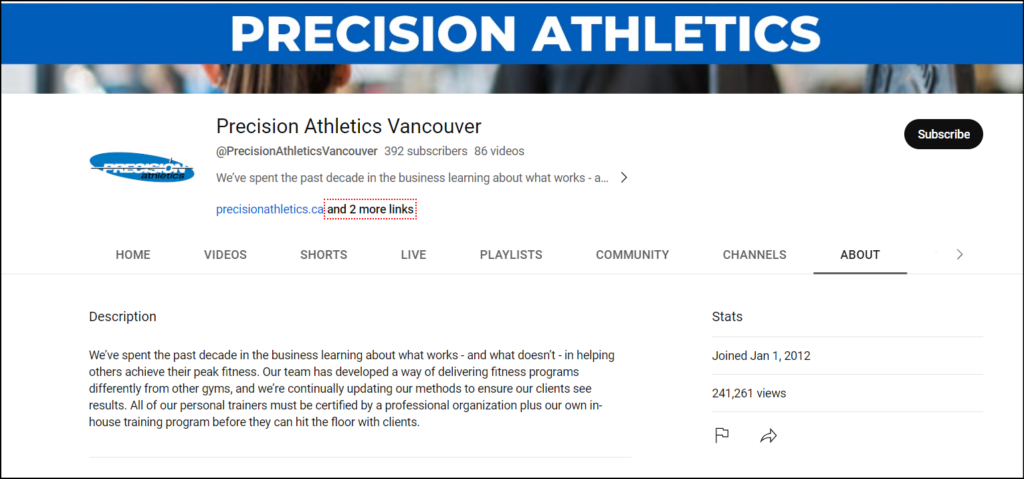
- Featured Content: Think of trailers as the movie previews for your channel. They give viewers a sneak peek into what to expect. And don’t forget to highlight some of your best videos to attract more views and subscribers. For instance, if you run a travel vlog exploring hidden gems in Canada, your trailer might showcase snippets from breathtaking locations you’ve visited, with overlay text like “Discover Canada Like Never Before” to hook the viewer
- Playlists: Group your videos by theme. If you’re a real estate agent in Montreal, you can have separate playlists for home tours, buying tips, and market updates.
Optimizing Individual Videos for YouTube SEO
Crafting a video is an art, but ensuring it reaches the masses is a science. Let’s delve into the nitty-gritty of optimizing each video you upload:
- Keyword Research: Before you even hit the “upload” button, you need to know what your audience is searching for. Use tools like YouTube’s search suggest features or specialized SEO tools. These will help you identify keywords that are not only popular but also relevant to your content.
- YouTube’s Autocomplete Feature: As you type in the YouTube search bar, you’ll notice suggestions popping up. This autocomplete feature can give you a goldmine of keyword ideas.
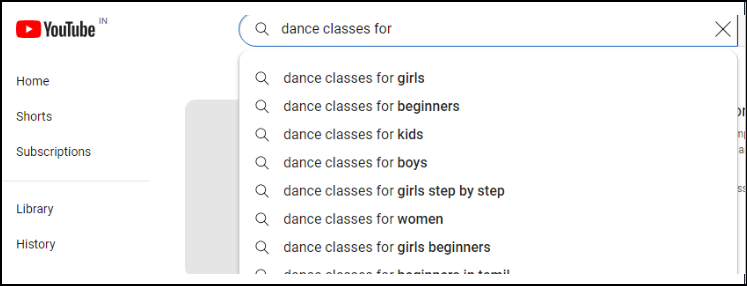
- Video Titles: Your title is the first thing viewers see. Make it count. Ensure that it’s compelling and includes the main keyword you’re targeting. For instance, if you’re sharing a recipe, “Easy Homemade Chocolate Cake Recipe” is more enticing than just “Chocolate Cake.”
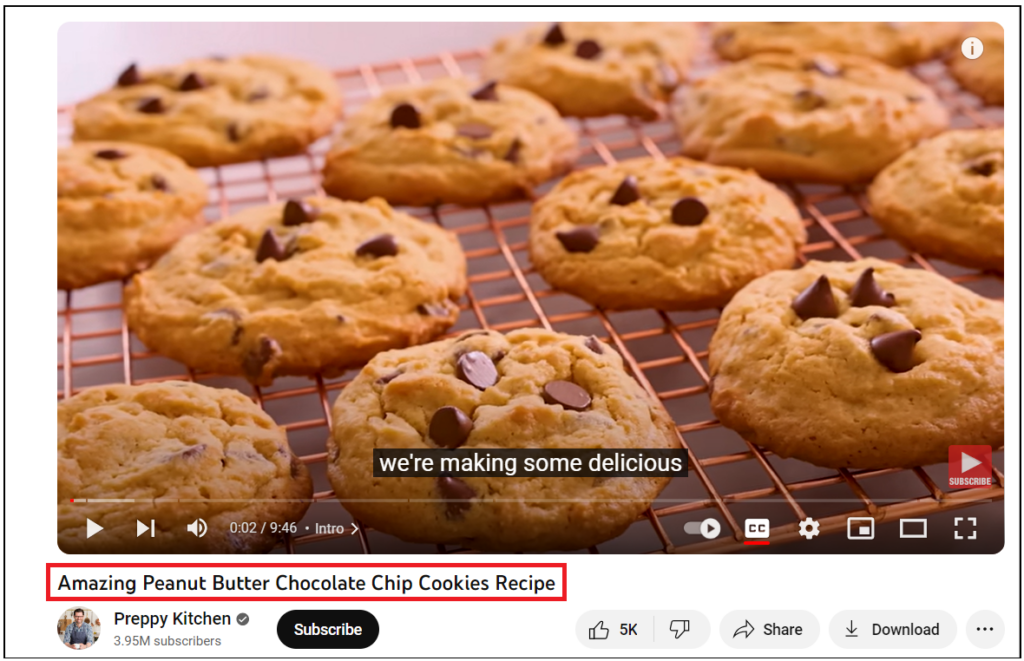
- Video Descriptions: This is your space to provide more details. Start with a brief summary, include your main keywords naturally, and don’t forget a call-to-action (CTA). Maybe you want viewers to visit your website or check out another video. Guide them!
- Tags: Think of tags as the invisible threads connecting your video to similar content on YouTube. Use relevant keywords and phrases that describe your video’s content.
- Closed Captions & Subtitles: Accessibility isn’t just about being inclusive. It’s good for SEO too. By adding captions and subtitles, you make your content available to a wider audience, including those with hearing impairments or those watching without sound. For a cooking channel, subtitles can ensure that viewers catch every ingredient and step despite any audio issues.
- Thumbnails: A picture is worth a thousand words. Your thumbnail is the visual representation of your video. Make it eye-catching and relevant to the content. If you’re discussing real estate tips, an image of a beautiful home with a “Top Tips” overlay can be enticing. Use high-quality images and avoid too much text.

- Renaming the Video File: Before you upload, rename your video file to include a target keyword. Instead of “video123.mp4,” name it “TorontoRealEstateTips.mp4.” This will help YouTube index your video more accurately.
- Categorizing Videos: Place your video in the right category so that YouTube can group it with similar content. This will increase the chances of your video being discovered by viewers who are interested in that topic.
- Hashtags: Just like on other social platforms, hashtags on YouTube help increase the reach of your video. Add relevant hashtags in your video description.
- Timestamps: Got a long video? Use timestamps to help viewers jump to the sections they’re interested in. It enhances user experience and keeps them engaged.

- Video Length: Experiment with different video lengths to see what works best for your audience and the topic of your video. Some topics may need more in-depth coverage, while others can be covered in a shorter video.
- Pinned Comment: Leave a pinned comment under your video to engage with your viewers. Ask a question, provide additional information, or simply thank viewers for watching.
- Cards and End Screens: Utilize cards to suggest additional content during the video and end screens to guide viewers to more of your content or to subscribe to your channel. For instance, if you’re discussing baking tips, a card might pop up in the middle of the video, directing viewers to your cookie decorating tutorial.
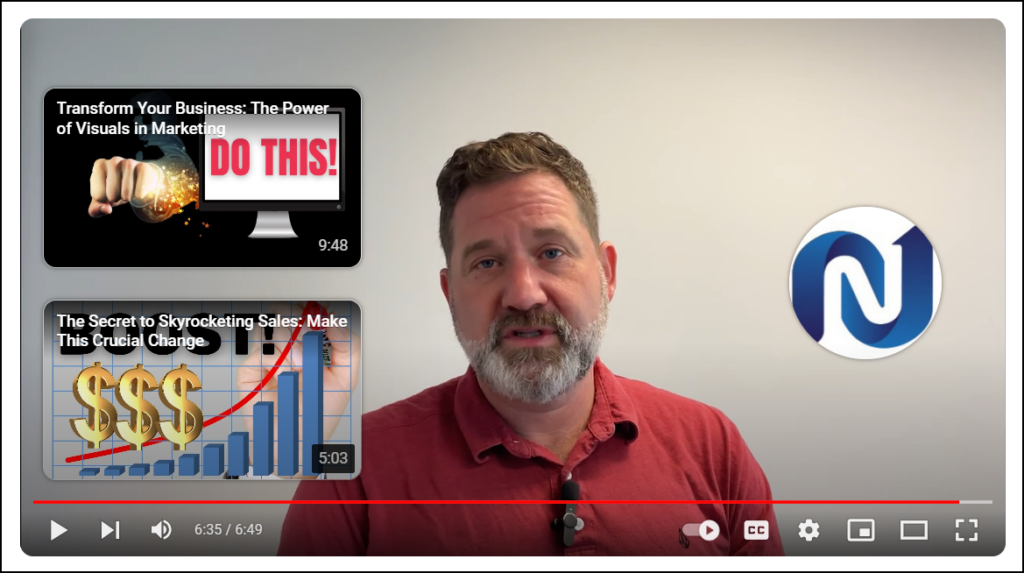
Remember, every video you upload is an opportunity to reach out and connect with your audience. By optimizing each video, you’re ensuring that your content doesn’t just get lost in the vast sea of YouTube but stands out and reaches the viewers it was created for.
Engaging with Your YouTube Audience
Building a successful YouTube channel is also about building a community. Here’s how you can engage and grow your audience:
- Encourage Interaction: Ask your viewers to comment, like, and share. It’s not just about boosting numbers; it’s about starting a conversation. Maybe end your video with a question or a fun fact, prompting viewers to share their thoughts.
- Respond to Comments: Take the time to reply, even if it’s a simple “thank you”. This not only boosts engagement but also shows your audience that you value their input.
- Collaborate with Other Creators: Join hands with fellow YouTubers for shout-outs or feature their content on your channel. It’s a win-win, helping both channels reach a wider audience.
- Effective CTAs: Don’t just ask viewers to subscribe. Offer them value. Maybe you have a free eBook or a discount code. Encourage them to take action that benefits both of you.
Promoting Your YouTube Video
Creating a video is half the battle. Getting it in front of the right audience is the other half. Here’s how you can do that:
- Share on Social Media: Every time you upload a new video, share it across your social media platforms. Whether it’s Facebook, Twitter, or LinkedIn, let your followers know.
- Embed on Your Website: If you have a blog or a website, embed your videos. It not only boosts views but also keeps visitors engaged on your site longer.
- Collaborate with Influencers: Partner with influencers in your niche. They can introduce your content to their followers, expanding your reach.
- YouTube Ads: Consider investing in YouTube ads. It’s a sure-shot way to get your content in front of a targeted audience.
- Curate Playlists: Group your videos by topic. If you have a series on home renovation, create a playlist. It not only improves discoverability but also encourages viewers to watch more of your content.
Measuring and Analyzing YouTube Video Performance
You can’t improve what you don’t measure. Here’s how to keep track of your YouTube performance:
- YouTube Analytics: Dive deep into your channel’s analytics. Look at metrics like watch time, viewer demographics, and traffic sources. This gives you a clear picture of what’s working and what’s not.
- Adjust Your Strategy: Based on your analytics, tweak your content strategy. If shorter videos are getting more views, consider making more of them. If a particular topic is popular, create more content around it.
- Review YouTube Search Analytics: Understand where your traffic is coming from. Are viewers finding you through a search? Or are they coming from external sources? This insight can help you tailor your content and promotion strategies.
Conclusion: Recap of Your YouTube SEO Guide
In this article, we have explored the crucial role of SEO in navigating YouTube, which is particularly important considering the platform’s abundance of diverse content and wide-ranging audiences. YouTube SEO isn’t merely a strategy; it’s an essential tool, ensuring your content doesn’t just exist but thrives and resonates within this digital titan. As we conclude our exploration, remember that your success on YouTube hinges on a blend of resonant content, strategic optimization, and an understanding of the platform’s intricate algorithms.
Let’s Elevate Your YouTube Presence Together
Feeling overwhelmed? Don’t be. Numero Uno Web Solutions is here to help. With our expertise in YouTube SEO, we can transform your channel, ensuring it not only reaches but resonates with your target audience. Reach out to us, and let’s embark on this journey together.

